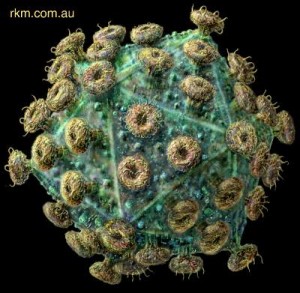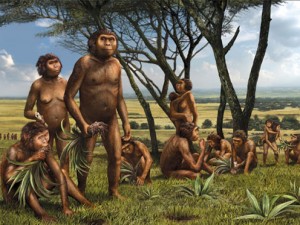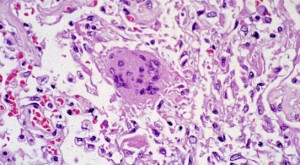Science Roudup week 3
Gene Therapy made significant advances in the treatment of HIV.
Some of you might not be old to remember when HIV started to run rampant back in the 80’s, but you do know what it is and why it is so devastating to an individual who receives a diagnosis. It has traditionally been treated in order to prevent the spreading of the virus, but we haven’t been able to actually cure it yet. Recently studies have been conducted in the area of gene therapy to try and eradicate the viral DNA.
In 2007 scientists modified Cre Recombinase to target the DNA that had been added to the human genome by HIV. This was named Tre Recombinase. In the most recent study, it proved to remove the viral DNA without causing toxicity to the cells. It also showed the potential to fight off the DNA that is lying dormant in the latent reservoir. This is a huge breakthrough in the medical community. This could lead to viable options for HIV patients as well as lead to discoveries in other immune system related illnesses. For more information please check out the original article here. http://www.iflscience.com/health-and-medicine/gene-therapy-provides-significant-antiviral-results-against-hiv
300,000 year old humans? How about 400,000!?
Evolution is an extremely popular debate right now. Growing up I just assumed that is was common knowledge that we had evolved from other species throughout the history of the universe. It wasn’t until I was in high school that I realized there were other theories running around( I still stand by evolution as a reasonable explanation for our existence on this planet though). Recently it was discovered that hominids could possibly be older than was originally thought, maybe confirming evolution to an even higher degree.
At a fossil dig site in Spain, archeologists have recovered several skeletons that have been dated at 300,000 years ago. This past week though, an archeologist recovered a femur that threw everyone off; the german geneticists working on the dating process were able to rebuild the mitochondrial DNA and date it very accurately.This lead to a result that showed the particular species of hominid was around approximately 400,000 years ago. This discovery is incredible, even more so since the skeleton hadn’t been preserved by permafrost (like the majority of them that we have been using to get answers). It will be interesting to see where this discovery takes us and what new theories are born from it. To learn more about the process follow this link. http://www.iflscience.com/plants-and-animals/scientists-sequence-dna-400000-year-old-ancient-human
Koala bears have two sets of vocal cords.
Every species has strange mating rituals right? Well koalas are no different from other mammals. Males live separately from groups of females but create this strange deep resonating sound to attract a mate when it’s time. Zoologists have been baffled by this sound in past due to how deep it is. Koalas are too small to create such a deep sound. Recently scientists have disected ten male koalas to study the anatomy and try to figure out why they can make these sounds. They discovered a second set of vocal cords that are longer and heavier than the primary vocal cords. Similar to a whale actually, but to discover this on a land mammal is still pretty cool. And kinda’ metal. To learn more and to hear the mating call these little guys create, follow this link. http://www.iflscience.com/plants-and-animals/second-set-vocal-cords-discovered-koalas
Viable lung tissue has been developed using stem cells.
Stem cell research: very controversial but is also very useful. Most recently amazing developments have occurred in the area of creating viable human tissue ( like last week, where I reported the development of human skin to be used for burn victims). This week it’s lung tissue for transplant patients. With a transplant failure rate of about 90%, our current treatments are simply not viable enough; the 10 year survival rate is only 28%. With the process of developing lung tissue from embryonic and induced pluripotent stem cells, scientists have literally grown new lungs. This will lead to the opportunity to eliminate cellular rejection in transplant cases.I’m pretty stoked on the idea of this; can you imagine what else they will do with these amazing discoveries? Maybe some day we will see people waiting for their new organs to grow rather than waiting for a possible match to expire. Every day around 20 people die waiting for a transplant to become available, while approximately 75 are added daily. These odds are not in the patients favor. Hopefully more lives will be saved from this research. Read more here, http://www.iflscience.com/health-and-medicine/stem-cells-converted-lung-tissue
Science is the most popular word in 2013.
According to Merriam-Webster dictionary, Science was the most researched word this year. Not much to really report on this, but I thought it was a fun little fact. The complete article can be found here, http://www.merriam-webster.com/info/2013words.htm
This concludes this weeks Science Round Up. If there are certain things in science you would like to see more of, feel free to contact me and make suggestions for the coming weeks articles.







